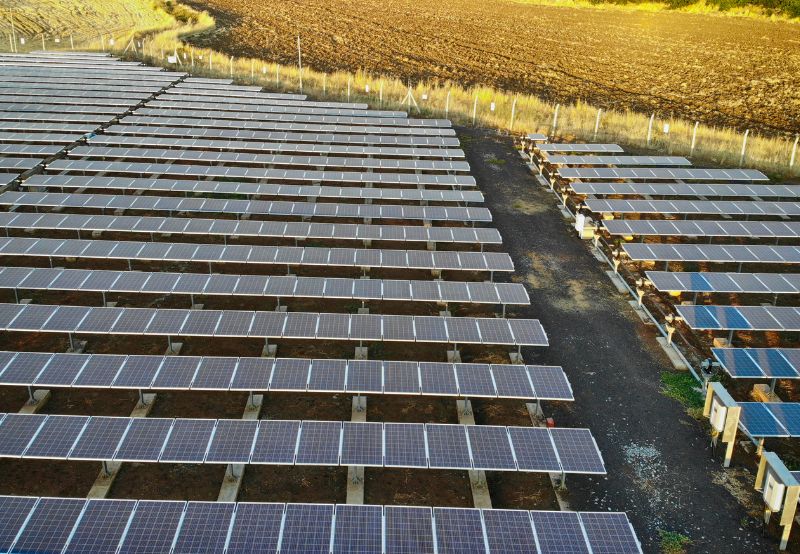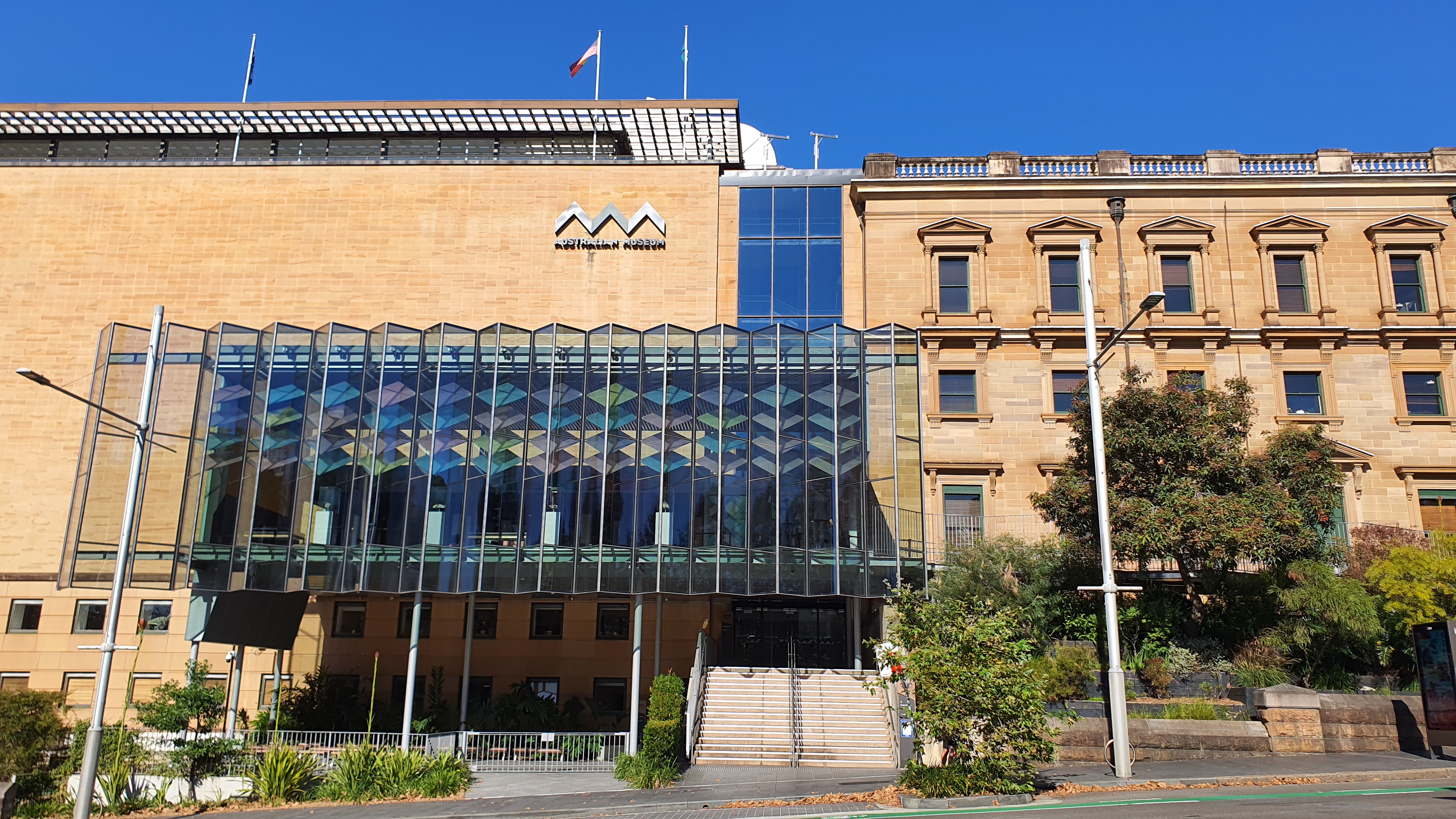Some invasive species are putting our local forests at risk, according to the R.I. Department of Environmental Management (DEM).
The spongy moth — formerly called the European gypsy moth — has wreaked havoc across the state in past years, and it’s not alone.
“I’m looking for bare trees, sickly trees, discoloration and stuff like that and that’s usually what cues me in for what I need to look further for an outbreak,” said DEM Forest Health Program Coordinator Alana Russell.
Russell conducts statewide aerial surveys looking for potential threats to our environment.
“The important thing to consider is monitoring your home and monitoring your population,” she said. “In order to act on a spongy moth outbreak we need to know we have elevated levels so intervention isn’t always needed.”
The spongy moth has been spotted in other states this year, but so far, not may have been seen across the Ocean State.
“[Instead] we have an abundant pollution of the winter moth – that’s another invasive caterpillar from Europe but it feeds a little earlier than spongy moths,” Russell said.
Winter moths are finishing up their feeding season while spongy moths will continue into late June, according to the DEM.
Russell is warning homeowners of the types of treatments that could cause more harm than good.
“There are a lot of native species that feed on our trees, especially our oak trees so if were doing any management we could actually be doing harm to our native species,” she said.
Another relatively new threat, according to the DEM, is the emerald ash borer — a beetle that feeds on bark and was first discovered in Rhode Island in 2018.
Experts say that species have a natural enemy, the parasitic wasp, which is harmless to humans but deadly to the emerald ash borer.
“We’re hoping in the long term we see small ash trees recover with these beneficial wasps that attack the emerald ash borer,” Russell said. “Not all the activity you see on our trees is bad activity it’s all a part of a healthy ecosystem.”




